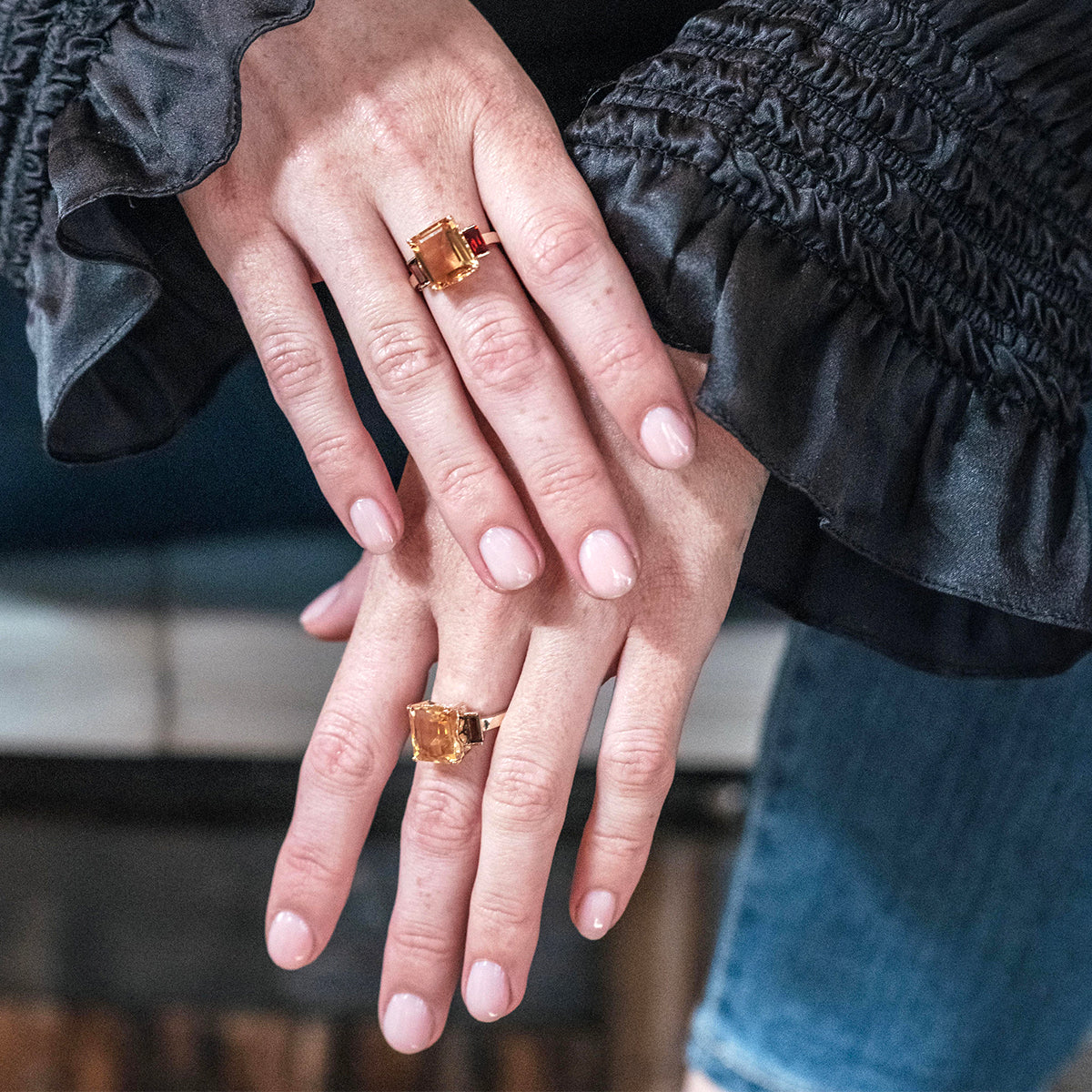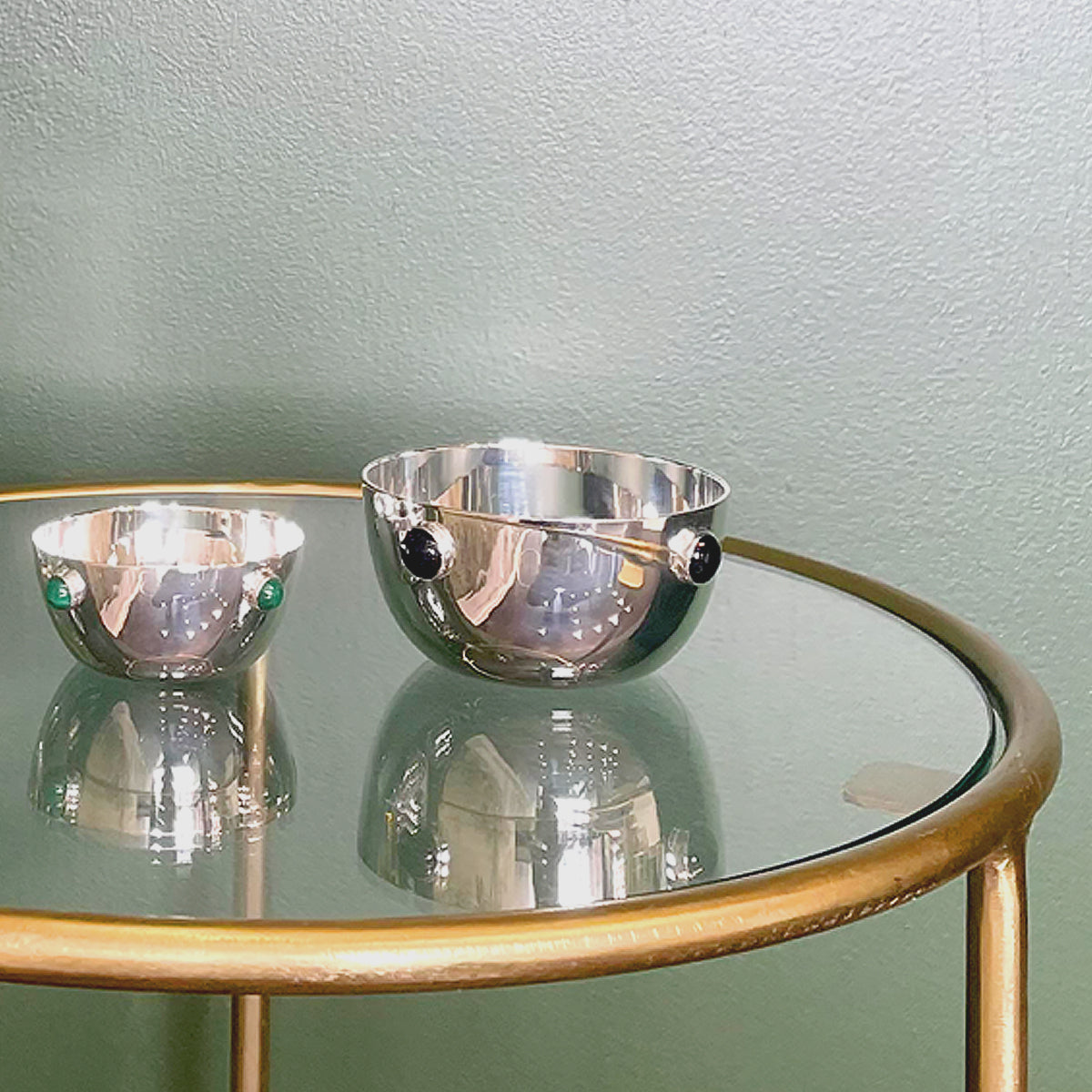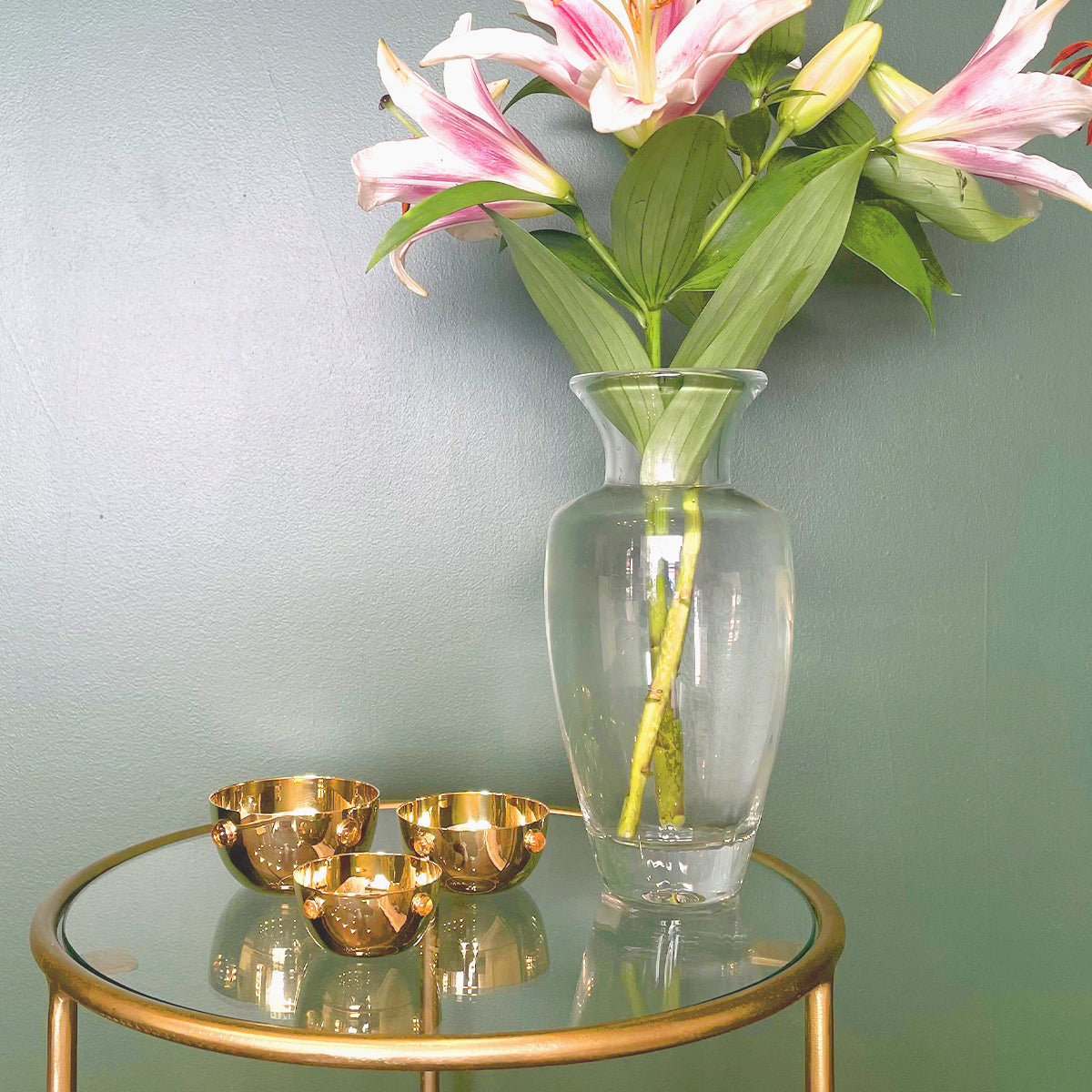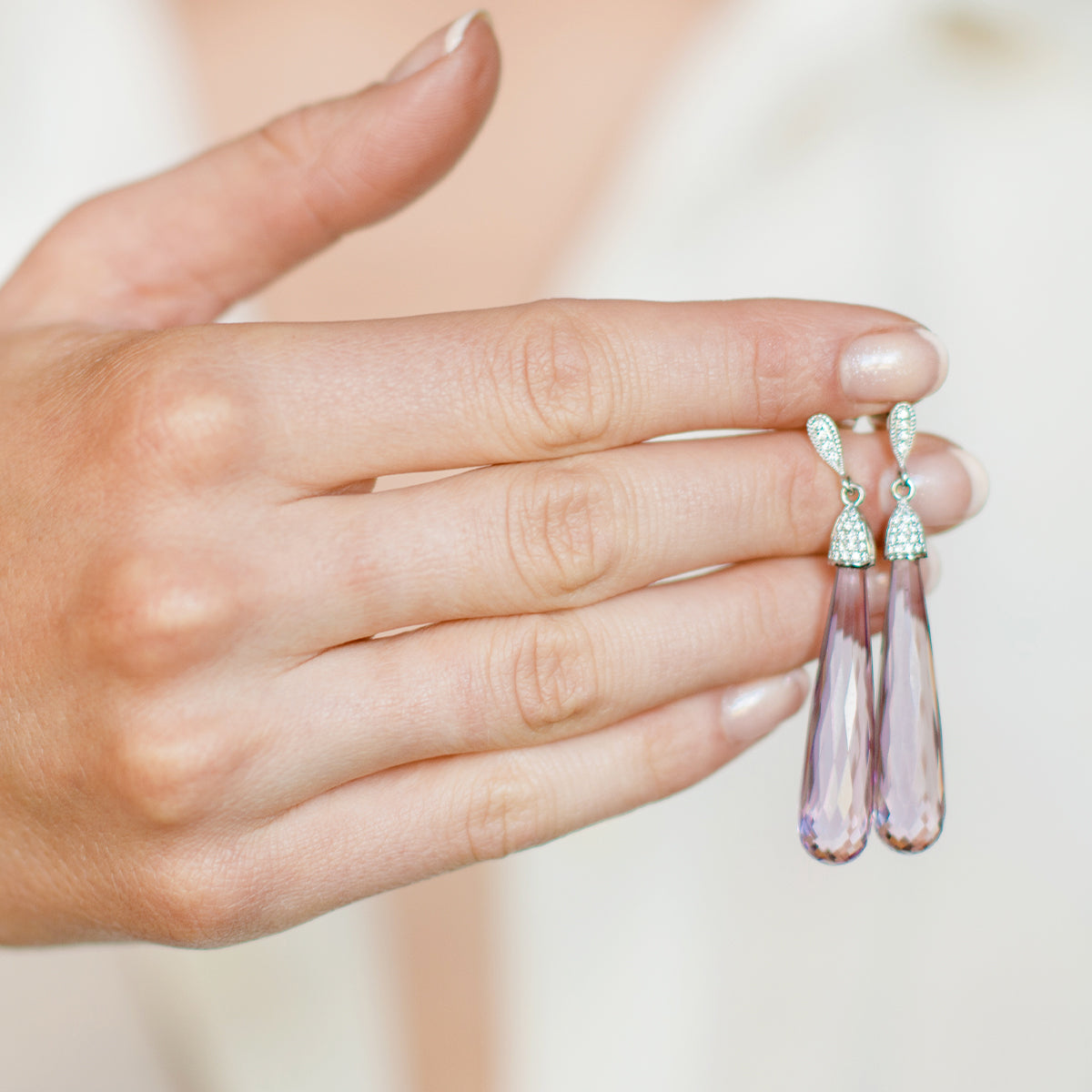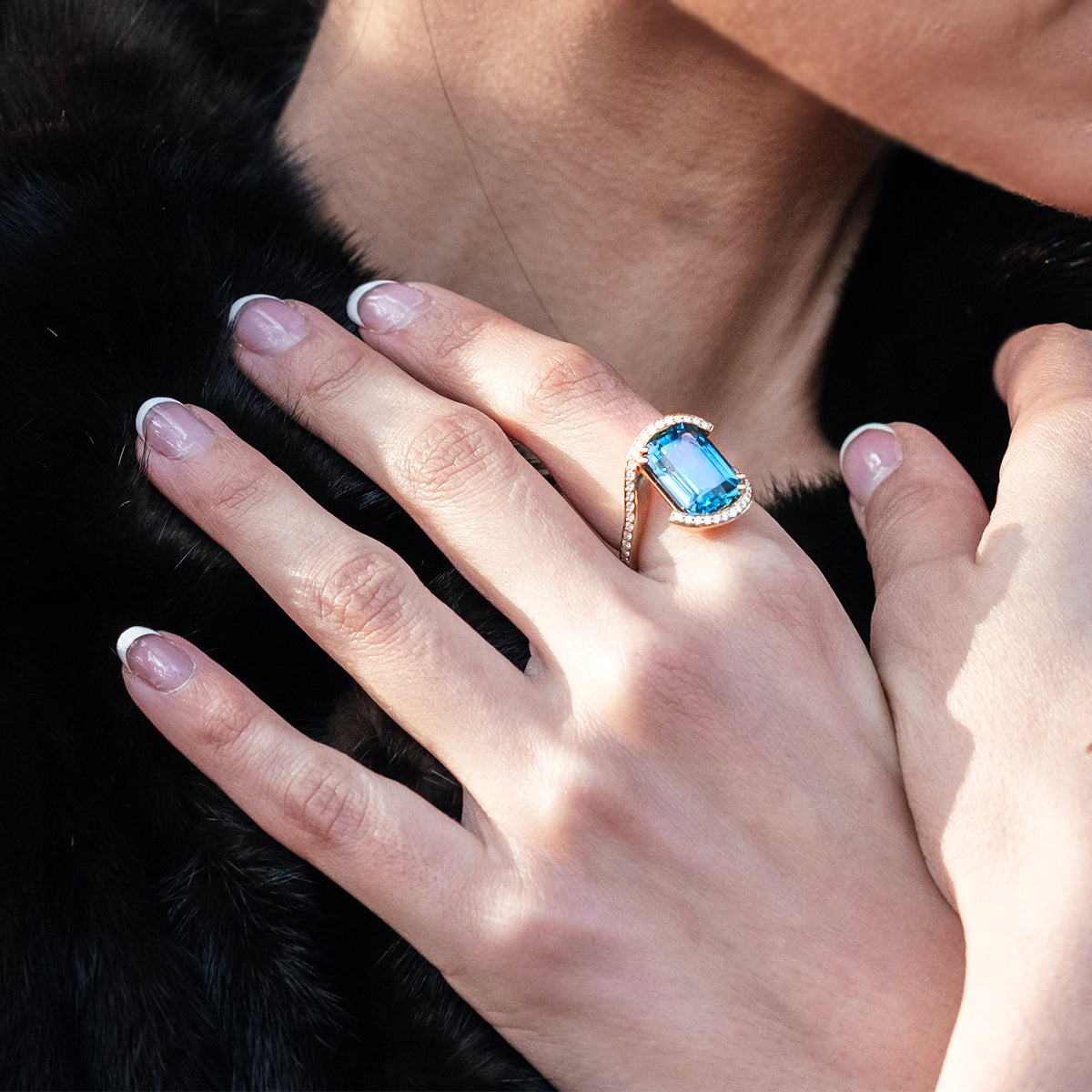
Aquamarine – Capturing the Beauty of the Sea
Since Aquamarine is the gemstone of March, we’re excited to shine a spotlight on this captivating stone. With its serene ocean hues, Aquamarine has been cherished by royalty and jewellery enthusiasts for centuries. At Augustine Jewels, we love incorporating Aquamarine into our collections, and we’re excited to share what makes this stunning gemstone so special, as well as why it might be the perfect addition to your own jewellery box.
The name Aquamarine comes from the Latin aqua, meaning “water,” and marina, meaning “sea,” perfectly describing the stone’s blue-green to deep blue shades that evoke the calming beauty of the ocean, from the bright cerulean of the Mediterranean coast to the rich, electric blue of the Carribean. Revered by ancient civilizations such as the Romans, Greeks, Sumerians, and Egyptians, Aquamarine has a rich history. In fact, beads of Aquamarine were discovered in the tombs of ancient Egypt, while carved intaglios were unearthed from ancient Rome, showcasing its enduring historical significance.
A Roman Aquamarine Intaglio ring with a portrait of Faustina Minor circa 2nd Century A.D.
March Birthstone
Aquamarine is the official birthstone for March, symbolizing serenity, courage, and renewal – making it the ideal stone to represent the transition from winter to the first whispers of spring. Sailors would wear Aquamarine during their voyages, believing it offered protection and the ability to calm turbulent seas.
Aquamarine’s Mineral Properties
A member of the Beryl family, which also includes Emerald and Morganite, Aquamarine owes its captivating blue hue to traces of iron. The more iron in the stone, the deeper its blue tone becomes, making each gem unique in its beauty. It has a Moh’s hardness of 7.5-8, making it harder than quartz but softer than sapphire and diamond. It follows the hexagonal crystal system, forming in hexagonal prisms.
Aquamarine Sources
The discovery of Aquamarine in Siberia during the 1700s opened up new sources for the gemstone, which can now be found in various locations worldwide, including Brazil, Afghanistan, Madagascar, and Sri Lanka. However, the finest Aquamarine is widely considered to come from Brazil, particularly the Minas Gerais region, north of Rio de Janeiro. Brazilian Aquamarine is prized for its exceptional clarity, rich blue color, and impressive size, making it a favorite among gem collectors and jewellery lovers alike. The formation of Aquamarine in pegmatites – pockets of igneous rock with cavities – allow the crystals to grow slowly and without external pressure, resulting in stunning, large gemstones. The Santa Maria mine in Brazil is especially renowned for producing some of the finest Aquamarine in the world, with its intense pure blue hues and remarkable high clarity.
Famous Aquamarines
One of the most famous Aquamarines in the world is the Dom Pedro – the largest cut Aquamarine in the world, weighing an impressive 10,363 carats. Discovered in Minas Gerais, Brazil, in the late 1980s, the rough crystal initially weighed over 60 pounds. It was then cut and fashioned into an obelisk shape by the renowned gem cutter Bernd Munsteiner, who is credited with developing the fantasy cut style. Today, the Dom Pedro resides in the Smithsonian National Gem and Mineral Collection in Washington, D.C., where its striking aqua color and monumental size continue to captivate visitors.
In 1936, following President Franklin D. Roosevelt’s reelection, he and First Lady Eleanor Roosevelt visited Brazil, where President Getúlio Vargas presented Mrs. Roosevelt with a breathtaking 1,298-carat Aquamarine. At the time, it was the largest known cut Aquamarine in the world. Mrs. Roosevelt later donated the gemstone to the Franklin D. Roosevelt Presidential Library, where she reflected on its significance in her autobiography, stating, “I think it does interest people and perhaps does serve a good purpose by symbolizing the kindness and generosity of Brazilian feeling toward our country.”
Aquamarines and Royalty
Princess Diana’s jewelry collection remains as iconic as her legacy, with one piece standing out for its striking beauty: her Aquamarine cocktail ring. This remarkable 13-carat stone was a gift from Lucia Flecha de Lima, the wife of the Brazilian ambassador to the U.K., in 1996. Diana had the stone set into a statement-making cocktail ring crafted by the renowned jeweler Asprey, using 24-carat gold. The princess first wore the ring to a glamorous gala in Sydney, pairing it with a sleek one-shoulder dress and an elegant pearl and Aquamarine bracelet, creating a look that was both modern and regal. As a true symbol of Diana's timeless elegance, the ring was later passed down to her daughter-in-law, the Duchess of Cambridge. The Duchess wore the ring to her wedding to Prince Harry in 2018, further solidifying its place in royal history.
Another breathtaking example of Aquamarine in the royal collection is Queen Elizabeth II’s Aquamarine Parure. This spectacular set includes a necklace, earrings, and a brooch. The necklace and earrings were gifted to the Queen by the Brazilian President in 1953 as a coronation gift. She went on to commission a marching tiara by Garrard, the crown jeweller at the time. The Parure showcases an extraordinary combination of large Aquamarine gemstones set in diamonds, creating a piece that radiates both sophistication and grandeur. The Queen has been seen wearing the Parure on several important occasions, making it an iconic collection of jewellery.
Aquamarine Jewellery at Augustine Jewels
At Augustine Jewels, we love incorporating the peaceful and timeless beauty of Aquamarine in our jewellery. Here are some of our favorite pieces:
18ct Yellow Gold Aquamarine Octagon Ring
Birthstone Halo Earrings - Aquamarine
Green Amethyst & Aquamarine Drop Earrings
Bespoke Aquamarine & Morganite Ring
Bespoke Aquamarine & Diamond Ring
Our Exquisite Loose Aquamarines: Perfect for Your Bespoke Jewelry Creation
